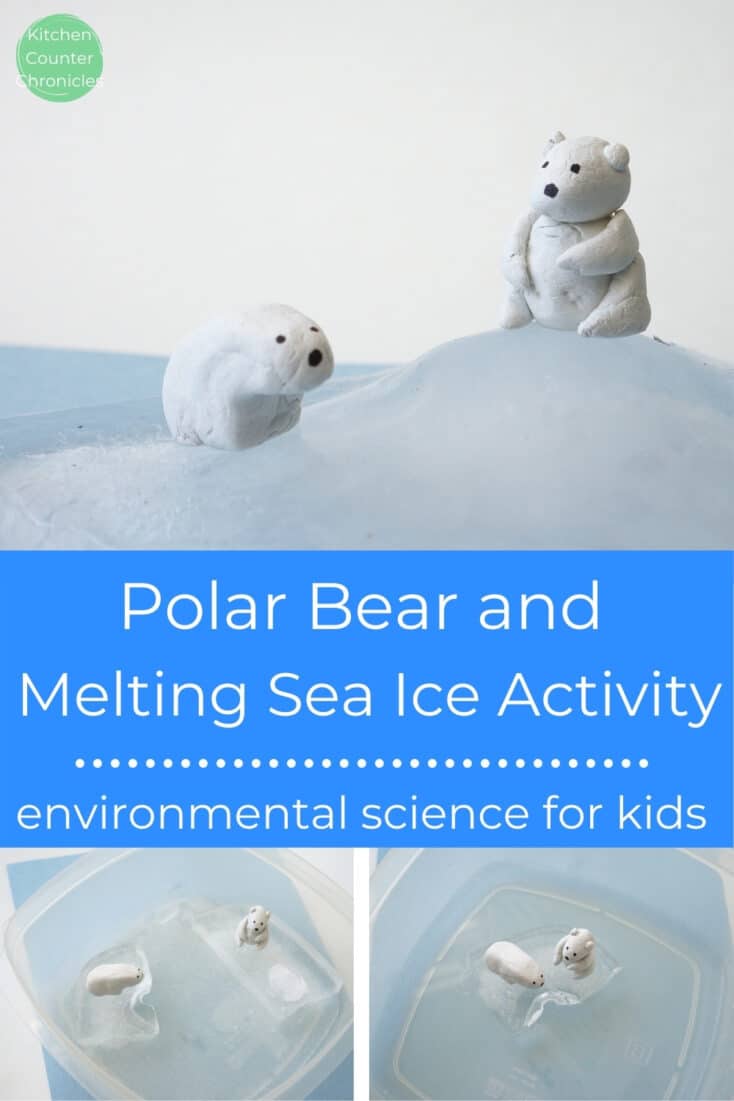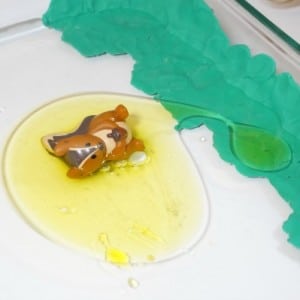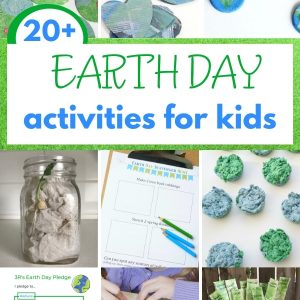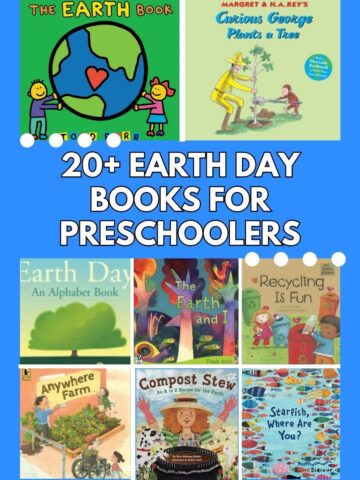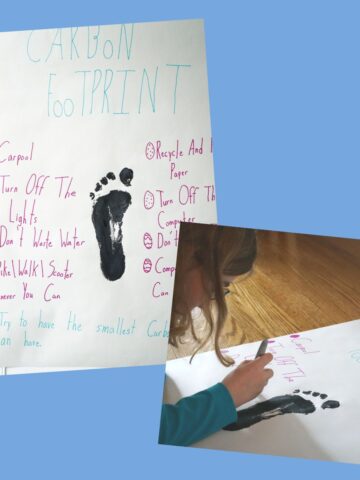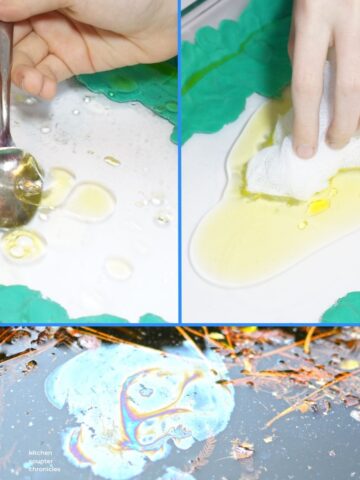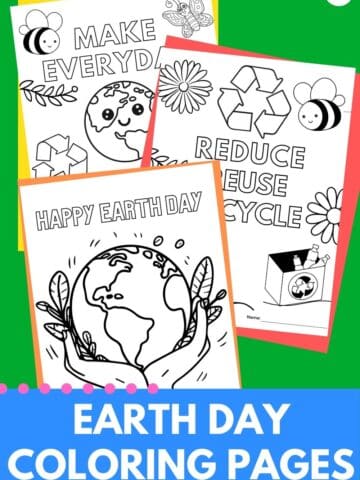Canada is a land of bears. People usually associate Canada with the Canada Goose, beavers and moose...but we have a lot of bears here too. We have shared many STEM activities for kids specifically environmental science activities for kids, over the years and this one will examine the impact of melting sea ice on polar bears.
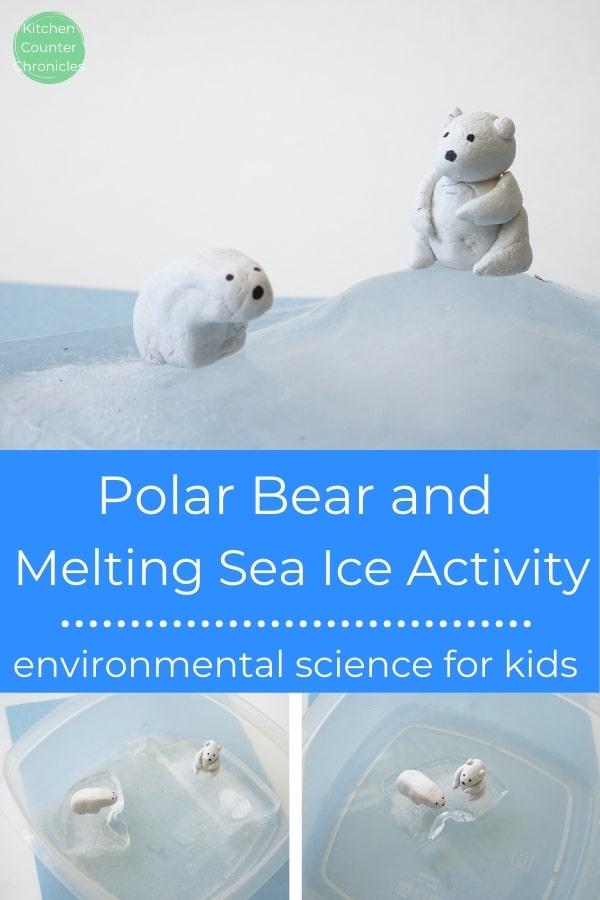
Disclosure: There are Amazon Affiliate links in this article which means, at no additional cost to you, we could receive compensation for our recommendations. You can read our full disclosure policy on our Disclosure Page for more details.
You can find black bears, grizzly bears and polar bears across Canada. Since polar bears primarily live in the northernmost regions of Canada, it can be easy to forget about their habitat. Times are changing.
The rise in our global climate has had a direct impact on polar bears and their habitat. I put together this polar bear activity to open the conversation with my kids about climate change and the future of polar bears.
Polar Bear Activity and Melting Sea Ice Activity for Kids
low sided container
water and ice
modelling clay (or polar bear toys)
We started off by making our own sea ice. I filled a container with about an inch of water...it is so cold outside right now, I set the container on our front porch to freeze.
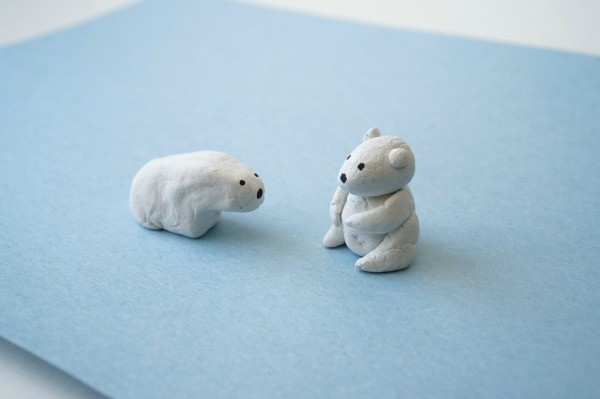
Next, I made two polar bears. I used Prang DAS air-hardening modelling clay (my favourite air-hardening clay) to sculpt these basic bears.
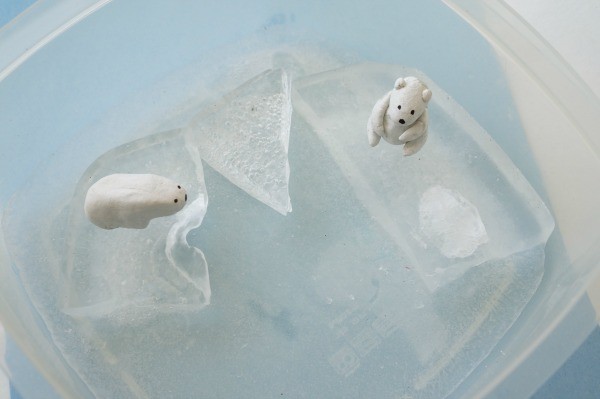
Once the ice was frozen and our polar bears were ready, we brought our sea ice inside. I slipped the ice out of the container and used a hammer to break the ice into pieces. The breaking of the ice simulates the reality polar bears face right now. As global temperatures rise, the sea ice loses its integrity and breaks into pieces. My daughter then placed the polar bears on the ice and played for a while. At this point, each bear has their own piece of ice to stand on.

To simulate the melting of polar ice, we removed a few pieces of ice and poured in some water. Alternatively, you could increase the temperature by blowing a hot hairdryer on the ice.
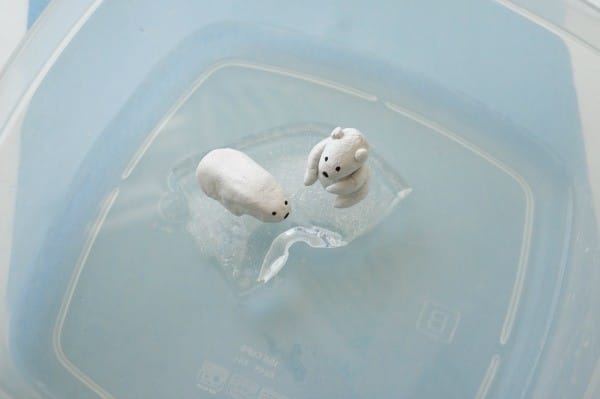
We then removed more ice, and we observed how the space the polar bears had to play on became smaller and smaller. As the ice shrinks, the polar bears have less space to live. Now they need to share one piece of ice. This is the reality that polar bears are facing. With the increasing temperatures, the loss of ice, the polar bears' icy habitat is disappearing.
Questions to Ask About Melting Sea Ice and Polar Bears
Question: Why is sea ice so important to polar bears?
Answer: Polar bears need sea ice in order to survive.
Question: What do polar bears need to survive? What do polar bears eat?
Answer: Polar bears eat seals and they find seals, on the sea ice...without a diet of seals, polar bears cannot survive.
Question: Why are seals on the sea ice?
Answer: Seals have their pups on the sea ice and find their food on sea ice. Seals eat small fish and crustaceans who live on the edges of the ice. The ice melt is negatively impacting seals as well.
Question: How might less ice impact polar bears' ability to hunt for seals?
Answer: With less sea ice comes more competition for food. As the sea ice melts and the seal population falls, polar bears will need to compete for their food and find alternative food sources. The problem is that polar bears are huge animals, who require the high-fat diet of seals in order to survive in the climate they live in.
Question: What other reason is sea ice important for polar bears?
Answer: Sea ice is very important for female polar bears. Female polar bears create maternity dens on the sea ice. Studies have shown that pregnant polar bears have to travel further to find thick and stable ice to build their dens and have their cubs.
Question: Why is the sea ice melting?
Answer: The overall temperature of the entire world is warming ever so slightly. This is called "global warming" or "climate change". The slightest increase in temperature is having a negative impact on the formation of sea ice, the quality of sea ice and the amount of sea ice that exists.
Question: How can we help polar bears, seals and sea ice?
Answer: We can find out more about polar bears and their habitat. We can find out more about climate change. We can find ways to have a positive impact on the world around us.
A few of our favourite books about polar bears
www.wwf.ca

National Geographic Kids: Polar Bears

Polar Bears: The Natural History of a Threatened Species
How can we all help polar bears and seals? What questions does this activity bring up for your kids or students?
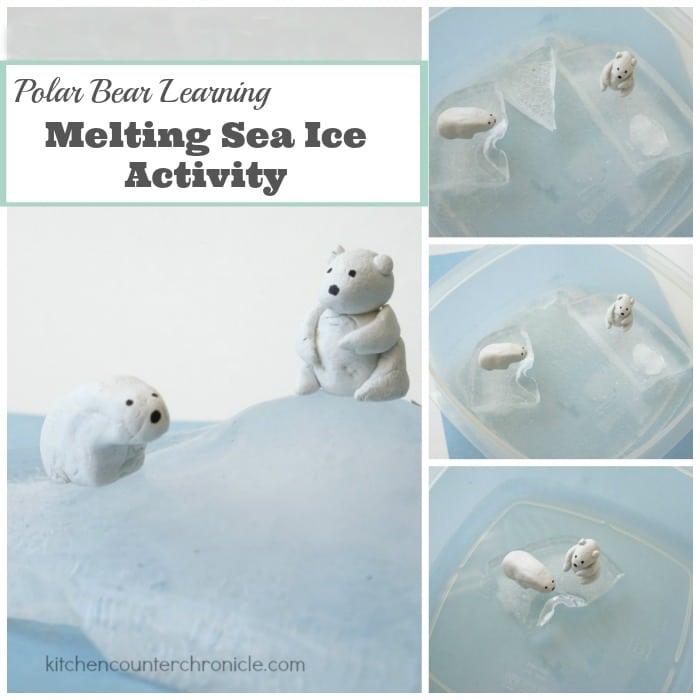
Related Posts
Learning about an oil spill's environmental impact
Discover all kinds of cool information in our collection of Earth Day activities for kids
Make sure you are following along...
FOLLOW KITCHEN COUNTER CHRONICLES ON
SUBSCRIBE TO KITCHEN COUNTER CHRONICLES TO HAVE OUR DELICIOUS RECIPES, FUN CRAFTS & ACTIVITIES DELIVERED DIRECTLY TO YOUR INBOX.

